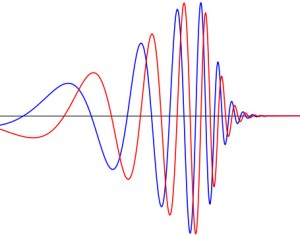Fantasy Lock
 Why can’t they just admit it? How difficult could that be?
Why can’t they just admit it? How difficult could that be?
Sometimes a specific question or issue drives a client to seek help. Other times a client’s reaction to the choices of others bothers them most. Many times these two issues come from the same source of trouble.
Working with these issues is daunting and emotional. The process involves a re-examining of a life lived, and a questioning of who and what defines someone. This is often what frightens people most about therapy, the idea that doubts they hold about themselves will surface and cause a re-examination of their lives. They fear that when the process finishes some of the core beliefs about their lives will be invalid, a fantasy created, too painful to release.
When the cost of reality is too painful, the price of fantasy will always be cheaper. But why?
People who seek therapy are aware, at some level, that detrimental forces bring negative changes to their lives. Yet, with this awareness in hand, they cannot stop or change course. They are locked into their behaviors, forced to explain outcomes in illogical and fantastical means, fighting to keep their methods vital. They lock themselves in a fantasy-based view of who they are, their actions, and their environment. They cannot escape.
A woman told of how her life as a child was a wonderful example of love and support in an imperfect environment. She talked about how her parents had faced adversity, but remained supporting and caring, taking time and energy to raise her and her siblings. Yet, with this history, she seemed locked in depression, unable to function fully as an adult. As we talked over several weeks the story of her family’s life unraveled, leaving a core of dysfunction and abuse. It was only with support and time that she felt comfortable examining the reality of her life, and how her childhood affected her as an adult.
The story she told was not a lie but a fantasy lock. She locked herself into a fantasy of her history, unable to abandon the story she had created and accept her reality. The fantasy lock was emotionally cheaper to create, believe, and support than the abuse and dysfunction she experienced.
Fantasy lock begins when we build rationalizations for our less than optimal choices, disturbing histories, or behaviors that have harmed others. They allow us to suspend our reality, past or current, and live in a world created. The intent of this behavior is to protect us from psychological injury. It builds a protective wall between reality and the fiction created to support our lives. It is a powerful method of emotional survival. Once created it grows more powerful over time, and exponentially more difficult to face as unreal. The outcome is a reality too difficult to define with fact, and covered in fantastical stories easier to accept.
What is your reality?


